The benefits of the parsnip are known, as well as the culinary application of the root, but what can you do with its leaves? Should we throw them away or maybe they are edible and healthy?
In general, this vegetable is very useful and undeservedly not used as much in daily nutrition. It also has a wide range of medicinal properties.
Culinary use of parsnip leaves
Yes, the young leaves of the parsnip are edible, but not everyone will like them. Their taste is very specific due to the high essential oil content. In addition, they are quite spicy and literally they can even provoke a burn, especially when they come into contact with wet skin areas of light-skinned people and people with sensitive skin.
Young parsnip leaves are soft and fragile and, in addition to a spicy taste, they also have bitterness. Cooked parsnip leaves are tasty and have their own aroma, which some say is quite pleasant.

Usually, you will hardly be able to consume the leaves on their own. But seasoning salads, soups, stuffing's and side dishes with chopped parsnip leaves is perfectly fine. It is good to mix them with other herbs. Such mixtures are used for flavoring and soup preparations. You can also use them as a filling for savory pancakes and pies by frying them in oil with aged or spring onions, filling omelets or scrambled eggs, sauces, etc.
Also, the green parts of the parsnips can be collected for future use - they make a great seasoning. Finely chop and dry or just freeze them. You can add them to soups, broths and various stewed meat, fish and vegetable dishes.
Use of parsnip leaves in folk medicine
Parsnip leaves have long been used on their own or with the root in folk and traditional medicine, as well as in pharmacology. So don't throw them away!
For use in folk recipes, they should be collected during the flowering period of the vegetable. The tops of already ripe vegetables (in the period when they are dug up for storage) already contain less useful medicinal substances. The green tops (stems, leaves) are dried in the open air, spread out in a thin layer, preferably not left in a draft. They should be stirred periodically until they dry. Store, as with all dry herbs, in a dark, dry place.
Aerial parts of parsnips are the richest source of essential oils and furocoumarins. This allows this spicy herb to be used as an expectorant and pain reliever, successfully treating chronic bronchitis.
To prepare the remedy, you need to pour 2 tablespoons dry herb with a cup of boiling water. Steam for about half an hour. This infusion can be drunk and gargled. Removes bronchial cough very well.
You can prepare a calming tea from the leaves of the parsnip is prepared. Improves the functioning of the nervous system, as well as contributes to the production / restoration of melanin in the skin after sunburn. This tea is made from the pre-dried and finely chopped parsnip leaves and stems mixed with linden blossom. It is customary to add honey.
Recipe for decoction of parsnip leaves
1 tablespoon of dried chopped parsnip leaves with 1 liter of water is boiled for half an hour, cooled, filtered and placed in a dark and warm place for 1 day. 1 tablespoon of the decoction is consumed three times a day.
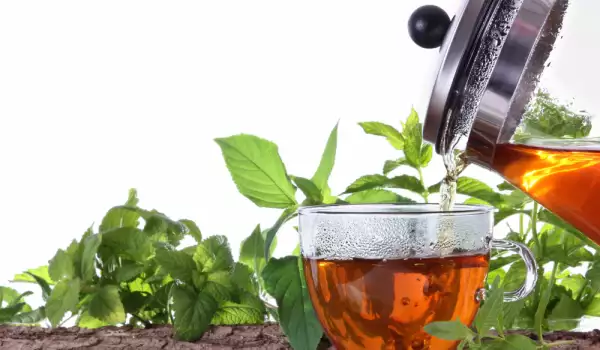
With parsnip leaf decoction, taken internally, in folk medicine, kidney stones and urolithiasis are treated, it also helps with colic.
A decoction of the leaves is used to treat hair loss and baldness. 1 tablespoon is taken orally 3 times a day before meals. At the same time, fresh juice of roots or tincture of leaves in a ratio of 1:10 is rubbed into the scalp every other day for a month. If necessary, repeat the course of treatment after a month.
Recipe for tincture of parsnip leaves
Pour 10 g of leaves with 100 ml of brandy or vodka (or alcohol 95%, diluted with water 1:1). Leave in the dark in a glass container with a lid for 2-3 weeks, then strain and store in the dark.
Attention! You need to be careful with the plant, especially in the hot season. When parsnip leaves and seeds are consumed, the skin becomes more sensitive to ultraviolet light, and the green parts release so many volatile substances that they can cause burns.
See more of our delicious and healthy parsnip recipes.
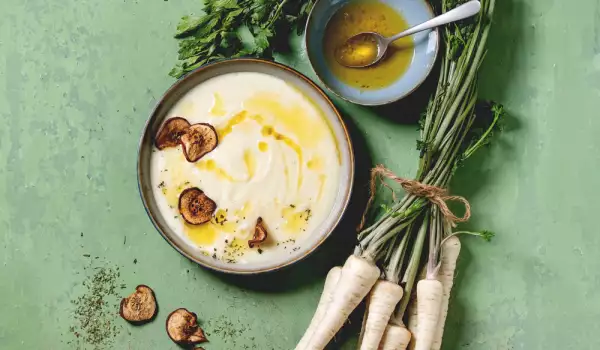
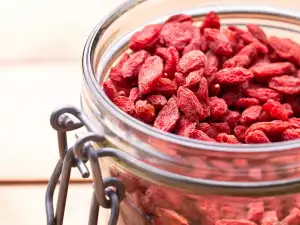


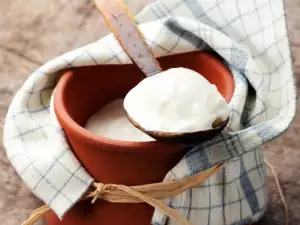
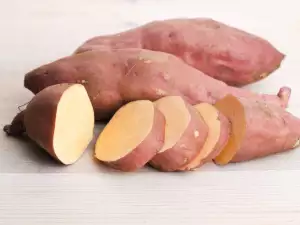

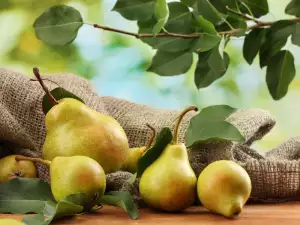
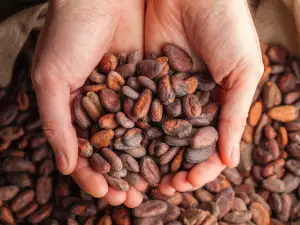
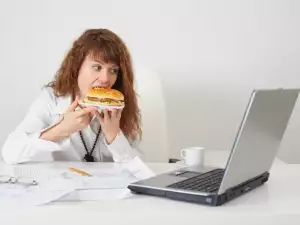



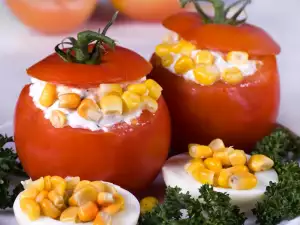

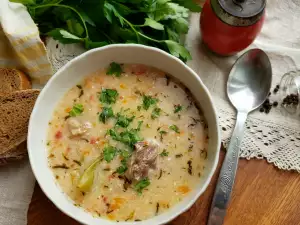




Comments